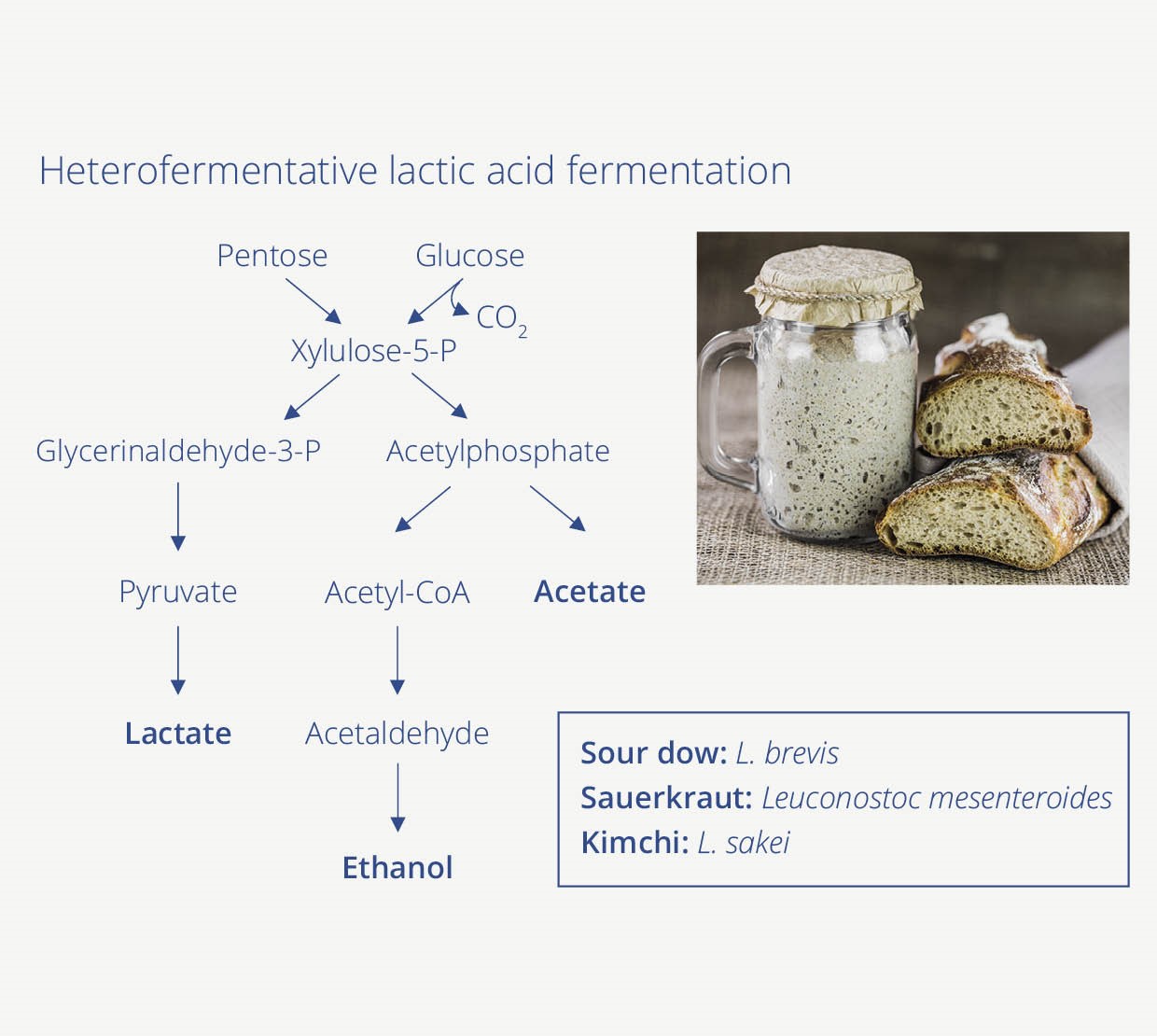Fermentation
the secret behind it
The secret behind foodstuff flavours, digestibility and preservation
Top chefs are once again excitedly experimenting with fermentation in their own restaurant-based laboratories.
And ever more hobby cooks are using fermentation as a way of coaxing an unbelievable range of flavours and aromas from foods such as fruits, vegetables and grains. And this food trend has had an impact on the cosmetics sector, in which fermented ingredients are now playing a major role.
An ancient technique for preserving foodstuffs
The history of fermentation dates back as far as the Neolithic period. As humans began to abandon the hunter-gatherer culture for a more settled way of life, they decided to see what else they could do with cereals and produced from these a drink similar to beer.
In this case, fermentation was generated by yeasts that converted the starch in the cereals to sugar, which fermentation subsequently transformed to alcohol.
Later, when agriculture had improved so that it was possible to produce a food surplus, other forms of fermentation were introduced.
One such that is still relevant is the production of sourdough; sourdough bread is more readily digestible, has an appealing taste and stays fresh for longer.
The oldest example of sourdough bread that has been found to date was made almost 6000 years ago in Switzerland.
Sourdough – heterofermentative fermentation by lactobacilli and yeasts

Used to produce sourdough are microorganisms that occur naturally on the various cereal types.
In the case of so-called heterofermentative lactic acid fermentation, sugar is converted to carbon dioxide, acetic acid, lactic acid and ethanol. The preservative effect is due less to the presence of the alcohol and more to the reduction of the pH level – hence the name "sourdough"; the sour flavour is attributable to the acidity.
At a low pH, the environment is such that very few bacteria and virtually no moulds can proliferate.
The major advantage is that lactobacilli are not harmful to humans. They occupy their habitat, displace other bacteria and prevent undesirable bacteria forming colonies. In addition, lactobacilli are good for our intestinal flora and also have a beneficial effect on the human immune system.
From low tech to high tech
While practical experience was key for fermenting natural products until the existence of bacteria and microorganisms was discovered in the 17th century, in our era of modern foodstuff processing we now have high-tech fermenters and can put in place the ideal conditions to make perfect products.
Over generations for use in making sourdough bread, permanent lactobacilli communities have been cultivated whose genome sequences we have been able to unravel with the aid of contemporary techniques.
It is thus now possible to ensure that the same result is always obtained by using an appropriate culture. But instead of just fermenting rye and other grains, we today have the means of exploiting the potential of all plant materials that contain starches or sugars.
This means that traditional botanical ingredients that have been used for decades in cosmetics have gained in importance.

When developing our active, we were inspired by a folk wisdom common among bakers.

It is asserted that bakers who frequently come into contact with sourdough have a good skin texture and never develop eczema or other skin problems.
As the raw material for DEFENSIL®-PURE ECO, we decided to use organically grown golden millet.
Following high-tech fermentation of this gluten free pseudograin using a community of selected lactobacilli, a product results with completely new properties.
DEFENSIL®-PURE ECO promotes a healthy skin microbiota, delivers moisture to and strengthens the skin barrier. This inhibits inflammatory processes and improves the status of skin with atopic dermatitis.


